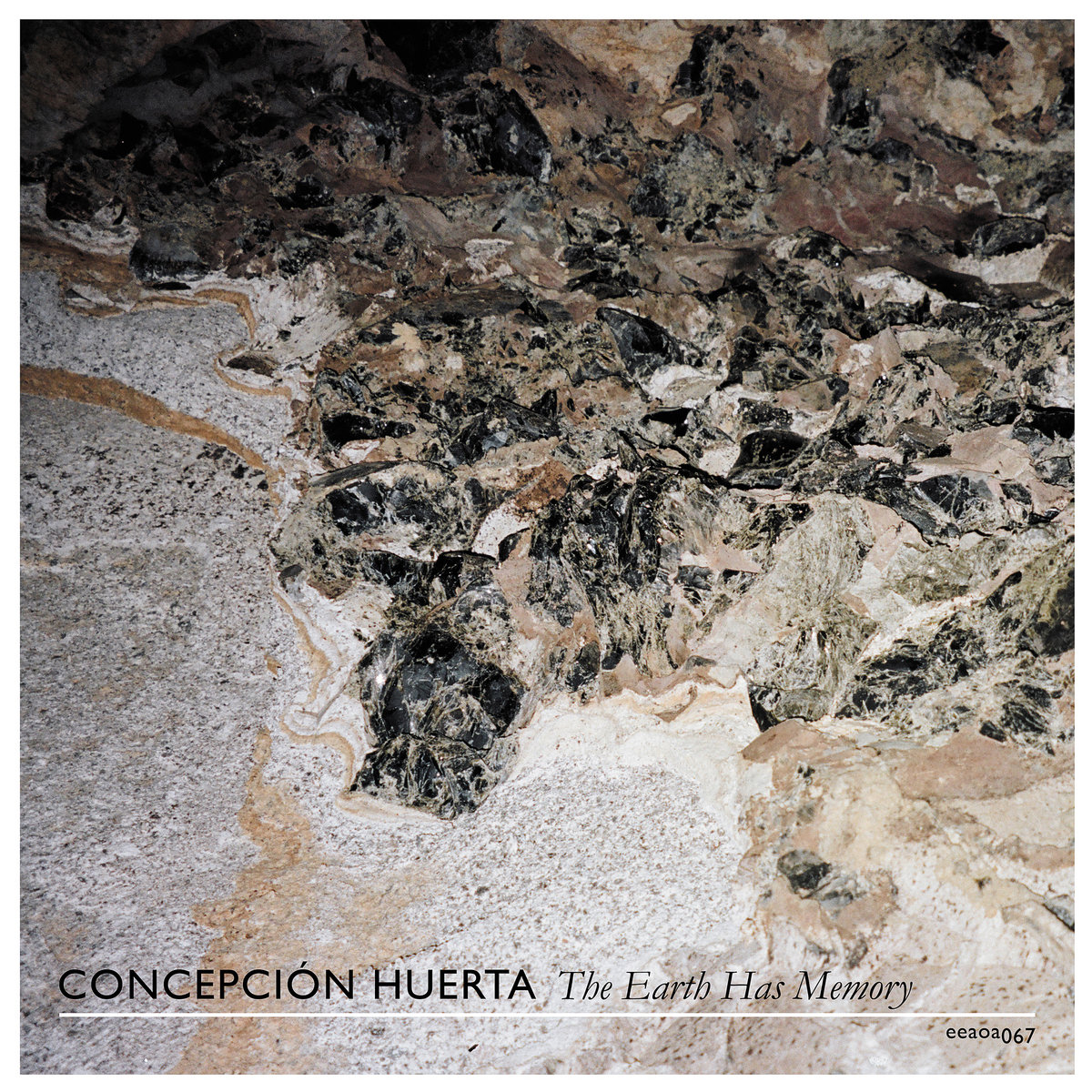 On her first solo vinyl release, Mexico's Concepción Huerta largely employs the use of Buchla and Nord synths, recorded in residence at EMS Stockholm. Further tape manipulation is then used to create a record that sits somewhere between atmospheric space and intense noise. Textures and distortion sprawl outward, but occasionally relent to allow some gentle elements to slip in, resulting in a record that sounds rooted not just in the Earth, but also expands far into outer space.
On her first solo vinyl release, Mexico's Concepción Huerta largely employs the use of Buchla and Nord synths, recorded in residence at EMS Stockholm. Further tape manipulation is then used to create a record that sits somewhere between atmospheric space and intense noise. Textures and distortion sprawl outward, but occasionally relent to allow some gentle elements to slip in, resulting in a record that sounds rooted not just in the Earth, but also expands far into outer space.
The opener of the first side, "Emerges from the Deep" (featuring co-production with Olivia Block) is a perfect summary of how the piece sounds. Opening with muffled tones rising from a deep ocean trench, Huerta crafts a subtle melody that soon transitions into crunchy resonating low frequency sounds, adding a subaquatic heaviness. Eventually the low-end subsides as the piece gently floats off into the distance. Huerta follows with "The Crack Is Illuminated," where sweeping shimmering synths glisten a gentle floating passage, accented by some pleasant buoyant distortion.
Block returns as co-producer on "Trepidation," where the mood darkens. It is an interplay between what resembles bowed horror film strings and abrasive synth stabs, both melodic and aggressive. It's more distorted than the prior pieces, and Huerta briefly flirts with harsh noise territory. She dials it back before long, however, and what remains are lush electronic melodies.
On the flip side, the overall feel is more spacious. The synths on "The Earth Has Memory, the Body Too" are expansive, sounding as if they were run through a vocoder with what could almost be heavily treated voices buried in the mix. Huerta continues this feeling on "The Sacredness: Minerals & Rhizome," with synth layers drifting in an out with only a slight hint of distortion to provide texture. She works at her most minimal on "We Return to the Center," which seems less Earth-bound than cosmic, with hushed high frequencies coming in and out like deep space radio signals. She closes the record with "From Another Place," which also has a similar interstellar sense to it but feels more forceful due to the use of lower, more bass-heavy frequencies and subtle, echoing delays that magnify the pulse-like dynamic.
The theme of The Earth Has Memory stretches beyond just the soil and into the firmament. Concepción Huerta conjures an amazing sense of both space and time throughout the album. Just via synths and tape treatments, she conjures the depth of the ocean, the solidity of the earth, and the remnants of the Big Bang, all within the span of seven compositions. The use of melody and texture complement each other in an amazing way, which gives this already complex record an even greater, enthralling depth.

